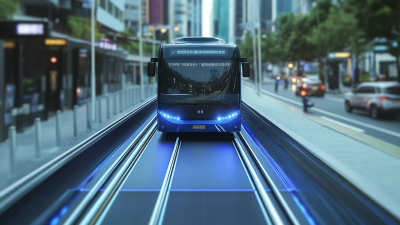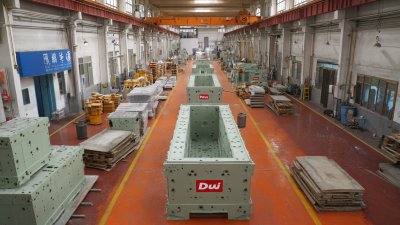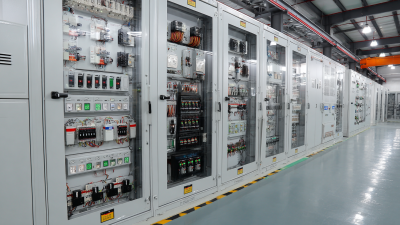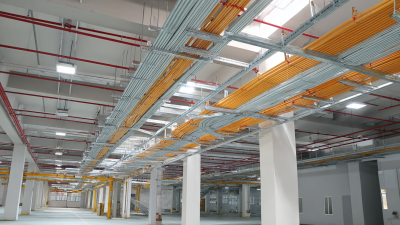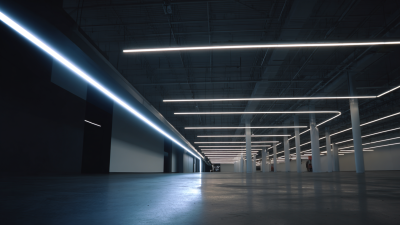Leave Your Message
-
Phone
-
E-mail
-
Whatsapp
-
Whatsapp


In the ever-evolving landscape of facility management, the demand for efficient and sustainable electrical distribution systems has led to an increased focus on Busway Trunking Systems. According to recent industry reports, the global busway market is projected to reach USD 9.26 billion by 2026, growing at a CAGR of 7.4% from 2019 to 2026. This growth is driven by the need for improved energy efficiency and reduced installation costs in commercial and industrial sectors. Busway Trunking Systems offer a robust solution for optimizing facility layouts by providing higher flexibility, easier maintenance, and enhanced energy distribution compared to traditional wiring methods. As facilities look to modernize their infrastructure and improve operational efficiency, understanding how to effectively implement Busway Trunking System solutions becomes crucial for achieving sustainable energy management and enhancing overall productivity.
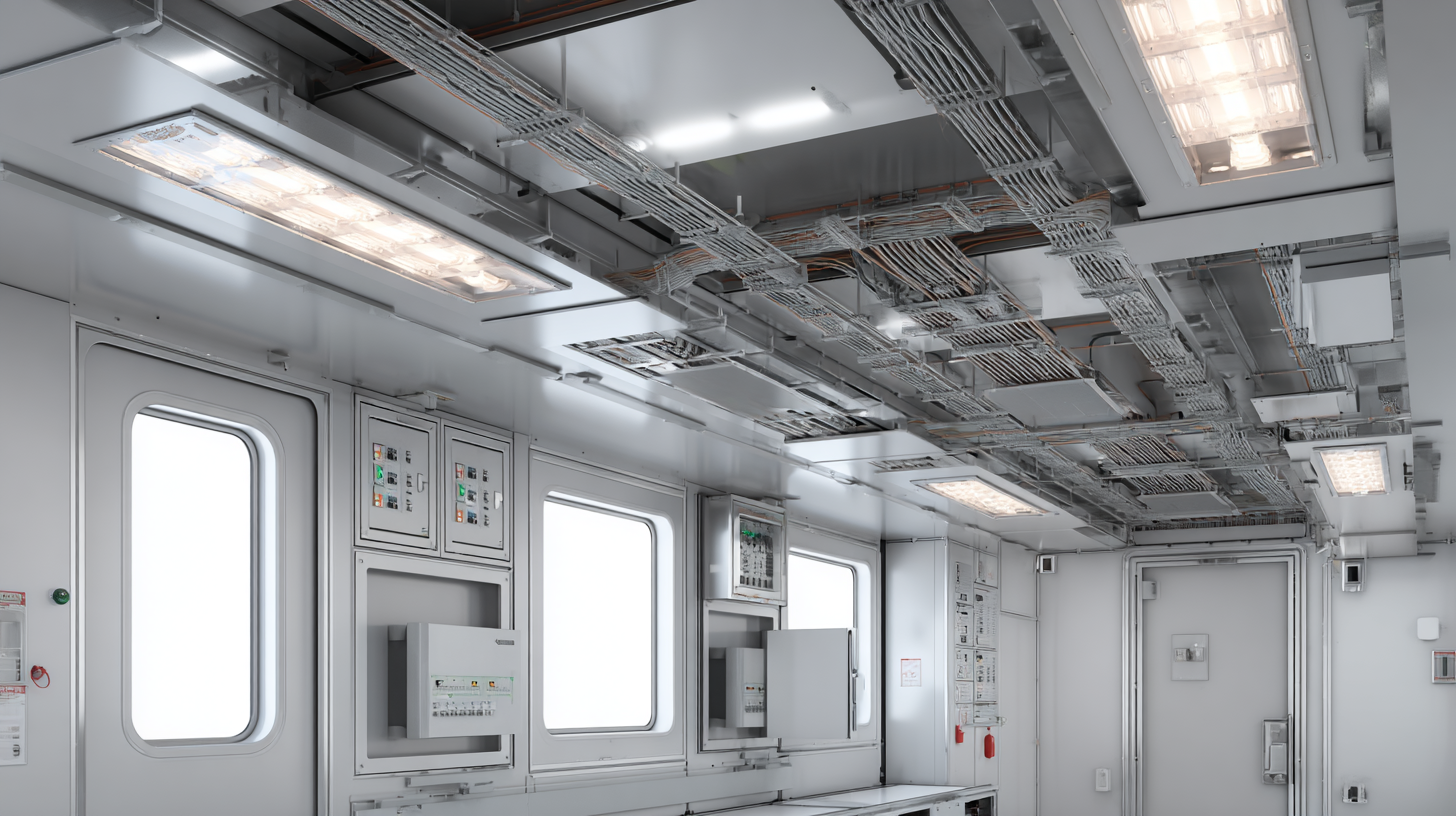
Implementing a Busway Trunking System in your facility offers numerous benefits that can significantly enhance operational efficiency. One of the primary advantages is the flexibility it provides in electrical distribution. Busway systems allow for easy reconfiguration without the need for extensive rewiring. This adaptability is particularly useful in dynamic manufacturing environments or facilities that anticipate changes in layout or equipment.
Another significant benefit of Busway trunking systems is their ability to improve energy efficiency. These systems typically have lower transmission losses compared to traditional wiring, which translates into reduced energy costs over time. Additionally, the modular design of busway trunking can accommodate energy-efficient technologies, such as LEDs and advanced control systems, further optimizing energy consumption. With better energy management, facilities can not only cut costs but also contribute to sustainability initiatives, demonstrating a commitment to reducing their environmental footprint.
When selecting a busway trunking solution for your facility, there are several key factors to consider. Firstly, evaluate the size and layout of your space. Busway systems must fit seamlessly into the infrastructure while providing efficient power distribution. Consider modular designs that allow for easy expansion and modification as your needs grow. Additionally, prioritize solutions that are aesthetically pleasing, as sleek trunking can enhance the overall appearance of the facility and reduce visual clutter.
Another crucial aspect is the system's efficiency. Look for trunking solutions that promote energy savings and sustainability. Innovative busbar systems are designed to provide reliable power distribution while minimizing losses. Smart planning can lead to a more optimized layout, resulting in improved functionality over time.
Tips: Always assess the compatibility of the busway system with existing electrical components before installation. Additionally, consider the maintenance and support offered by the manufacturer, as ongoing service can significantly impact the longevity and performance of your trunking solution. Lastly, don't underestimate the importance of user feedback and case studies to gauge real-world effectiveness before making a final decision.
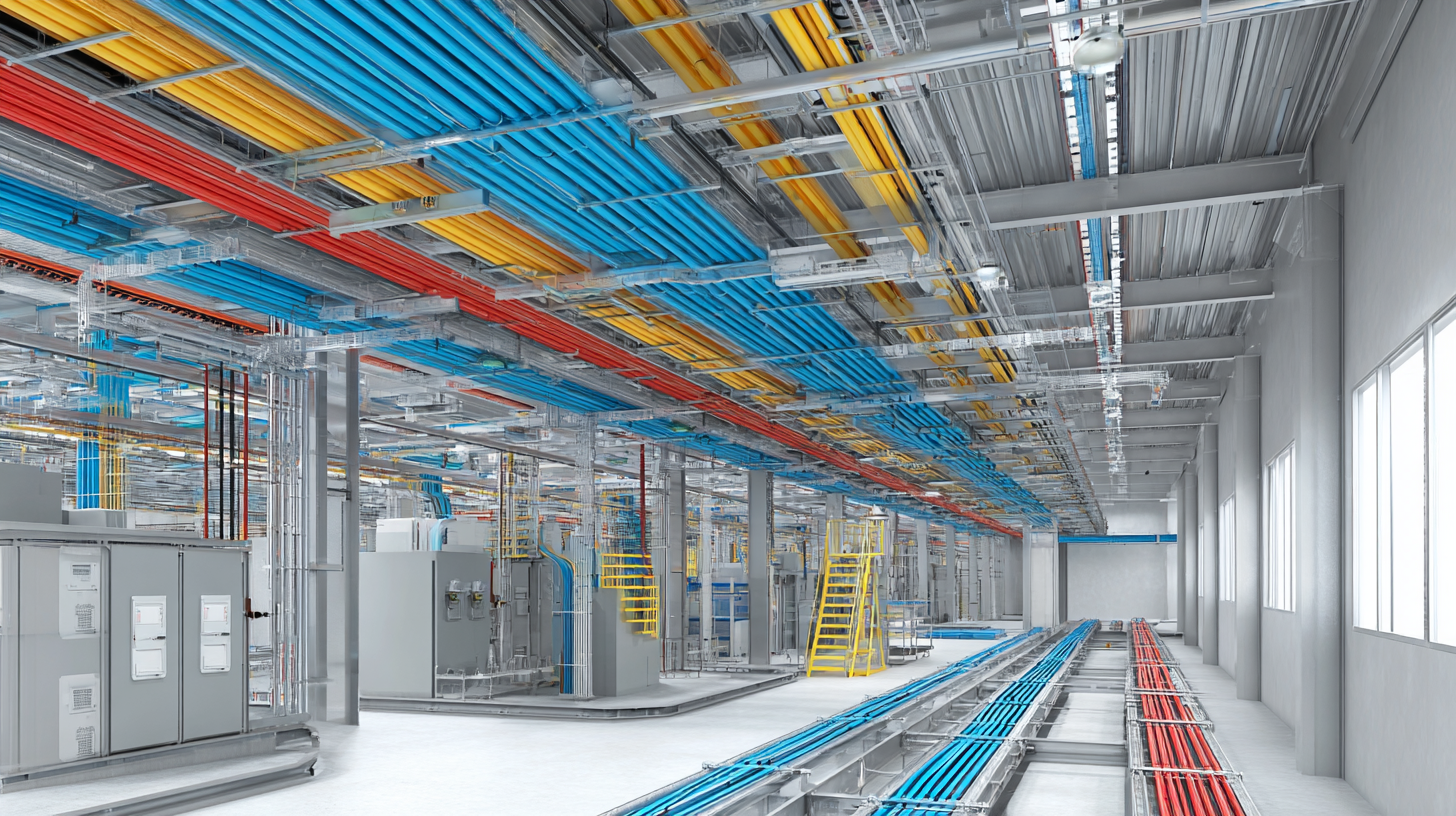
Installing a busway trunking system requires careful planning and execution to ensure optimal performance and efficiency. The first step is to assess the specific needs of your facility. This involves understanding the electrical load requirements and any spatial limitations that may affect installation. A detailed layout should be created, incorporating sufficient clearance for maintenance and future expansions, ensuring that the busway system aligns with existing electrical circuits for seamless integration.
Once the design is finalized, the next step is to prepare the installation site. This includes securing all necessary permits, conducting structural checks, and ensuring that all safety measures are in place. During the installation phase, it's crucial to follow the manufacturer’s guidelines meticulously. Proper connection procedures and mounting techniques must be adhered to, allowing for reliable electrical distribution. Furthermore, regular testing and inspections during installation will help identify any potential issues, ensuring that the busway system operates efficiently and meets all regulatory standards. By following these steps, facilities can effectively optimize their operations with a well-installed busway trunking system.
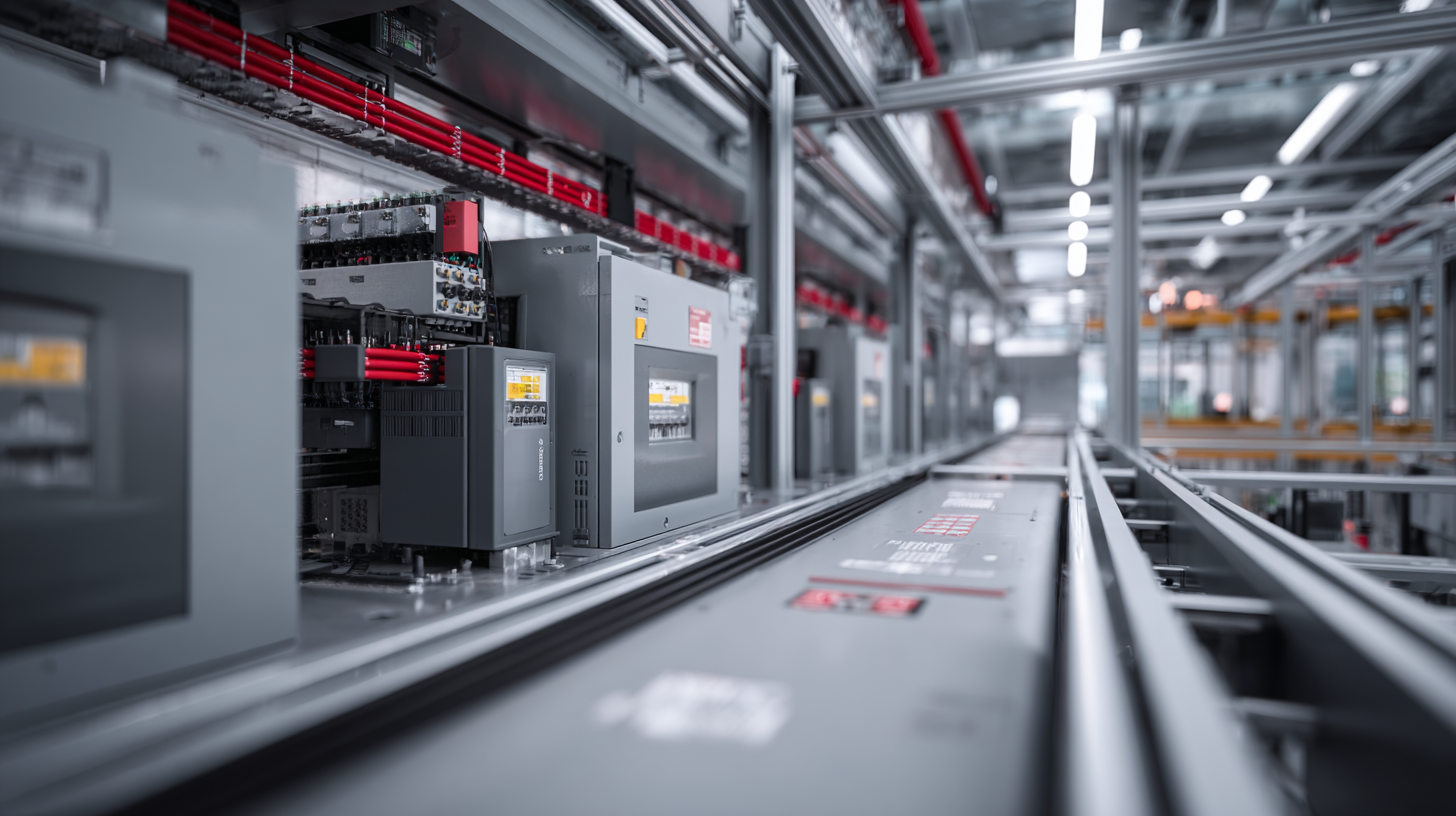
Optimizing busway systems is critical for enhancing the efficiency of public transportation. Best practices for maintaining and upgrading busway infrastructure include regular inspections, timely repairs, and the integration of advanced technologies. Ensuring that these systems operate at peak performance not only improves service reliability but also enhances safety for both passengers and drivers.
The recent push for the privatization of the EDSA Carousel serves as a strategic move to address the shortcomings of public transport in Metro Manila. By engaging private entities in the management and operation of busway systems, the government aims to circumvent fiscal constraints and streamline procurement processes. This shift could lead to innovative solutions and improved maintenance practices, ultimately transforming the public transport landscape into a more reliable and efficient service for commuters.
| Dimension | Description | Best Practices | Frequency |
|---|---|---|---|
| Electrical Load Capacity | Total amount of electrical current that can safely flow through the system. | Regularly assess load requirements and ensure compatibility. | Annually |
| Connection Points | Junctions where busway segments connect, critical for system integrity. | Inspect for wear and secure connections appropriately. | Semi-annually |
| Ventilation | Airflow management to prevent overheating of electrical components. | Ensure adequate airflow and clean vents regularly. | Quarterly |
| Physical Condition | Overall state of busway and trunking system components. | Conduct visual inspections to identify physical damage. | Monthly |
| Compliance with Standards | Adherence to electrical and safety regulations. | Review standards and conduct compliance audits. | Annually |
When comparing busway trunking systems to traditional wiring methods, several factors come into play. Busway trunking offers a more efficient solution for electric distribution in commercial facilities. It typically requires less installation space, allowing for more compact designs. Unlike traditional wiring, which can involve labor-intensive installation processes, busway systems provide a modular approach that simplifies upgrades and modifications, leading to reduced downtime during changes.
**Tips:** When considering a switch to busway systems, evaluate your facility’s future growth needs. The modular nature allows for easy expansions, which traditional wiring methods may not accommodate as efficiently. Additionally, ensure that your busway system complies with the latest safety standards to minimize risks related to electrical hazards.
In contrast, while traditional wiring methods might still be prevalent in some setups, they can become cumbersome over time. Their rigid structure limits flexibility, making maintenance and scalability more challenging. Busway systems, on the other hand, not only facilitate faster installation but also enhance accessibility for repairs or enhancements, further promoting operational efficiency.
**Tips:** Conduct a cost-benefit analysis when transitioning from traditional wiring to busway. Initial investment may be higher, but long-term savings on labor and downtime should be carefully considered. Engage with suppliers who offer comprehensive support to maximize the benefits of the new system.

